By Alex Hlavacek
On July 24, I visited three sites along the North Branch of the Chicago River and conducted a series of water quality tests. I’ve been a Sierra Club member for a number of years and I’m an active volunteer of the Chicago Water Team.
With training and guidance from Sierra Club’s Clean Water Program Director, I am one of the half-dozen citizen scientists collecting data about the Chicago River’s water quality. This blog post focuses on what we’re doing when we are testing, takes you along with me on my morning of testing, and gives a snapshot of conditions on July 24.
Sierra Club tests and records data on five attributes regarding water quality. The following is a summary on what and why we test.
pH
Measurement purpose: acidity (low) and base (high).
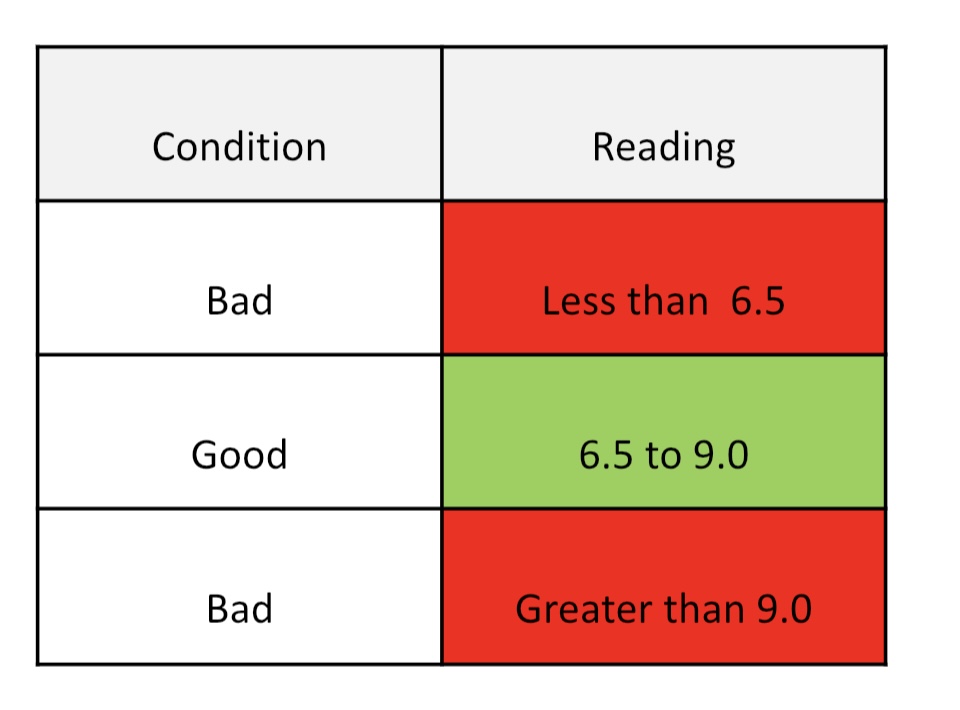
Notes: readings close to 7 (neutral) are a good sign; levels too high or low may suggest toxicity.
Dissolved Oxygen
Measurement purpose: oxygen is required for a healthy ecosystem.
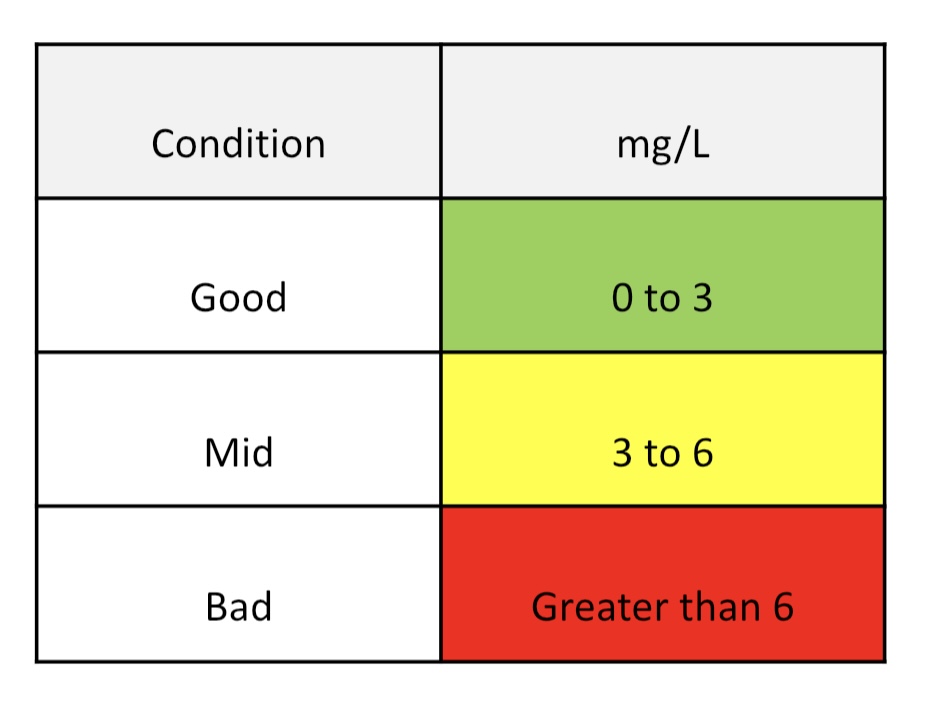
Notes: low levels may be due to algae blooms that deplete oxygen and negatively impact aquatic life.
Phosphate
Measurement purpose: phosphate is a nutrient that can be absorbed by algae.
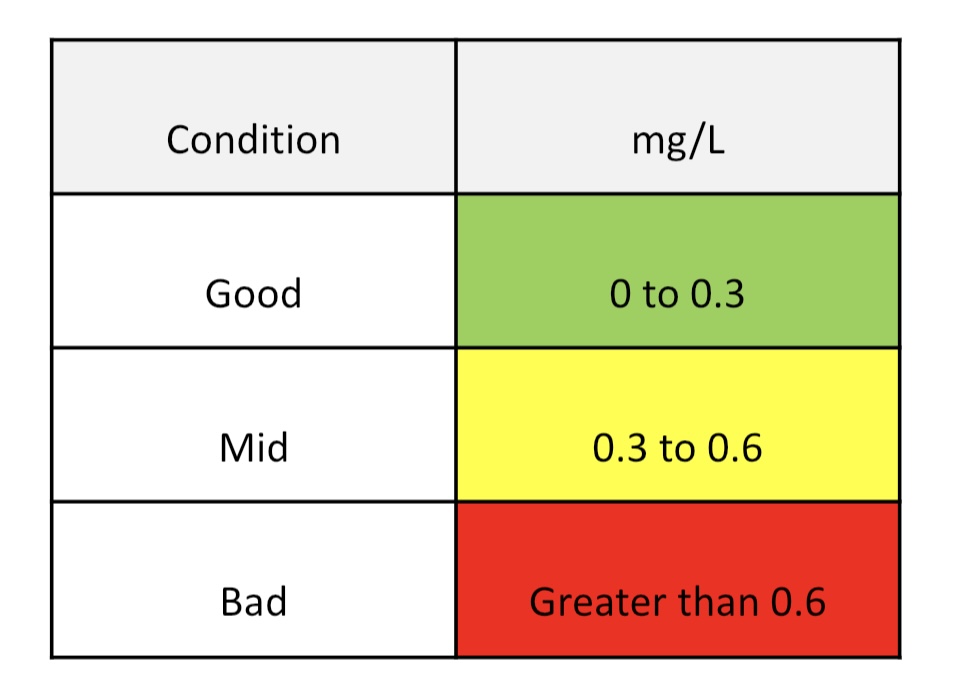
Notes: high levels may be a result of fertilizer runoff or sanitary district discharges (e.g., sewer overflow).
Conductivity
Measurement purpose: level of ions, i.e. charged particles such as sodium chloride.
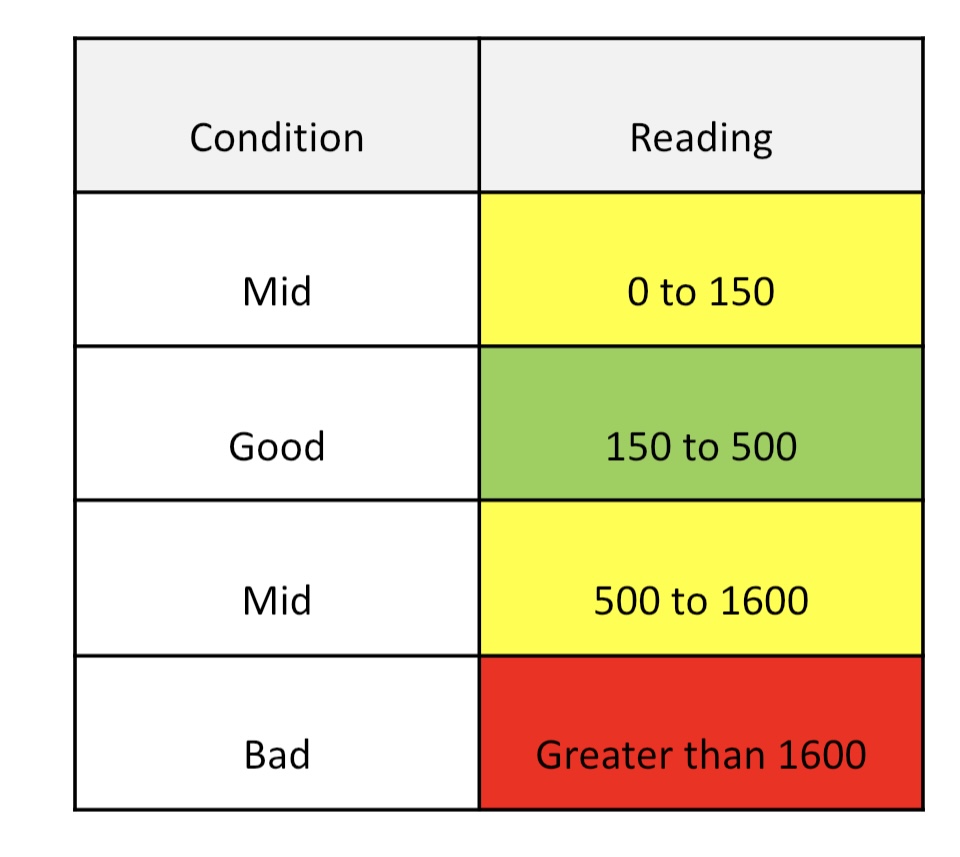
Notes: high readings may be a sign of road salt, a poison to aquatic life.
Temperature
Measurement purpose: Celsius temperature reading.
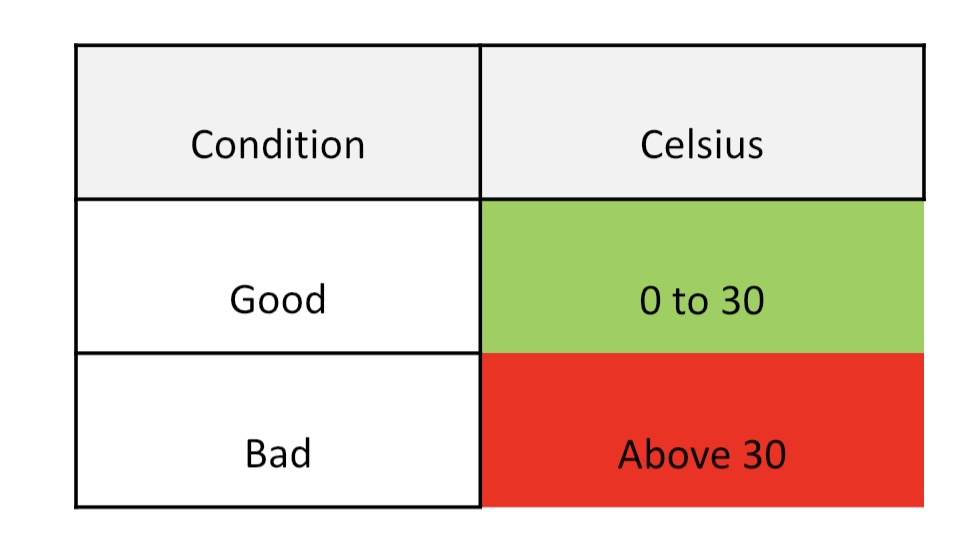
Notes: generally, water temperatures above 30 degrees Celsius are considered higher than ideal for many forms of aquatic life in the Chicago region.
Now let’s travel to the North Branch, where my first stop was the North Avenue bridge in Lincoln Park.
North Avenue and the Chicago River, looking north.
The North Avenue bridge site is flanked by a Home Depot to the west and a self-storage facility to the east. Just north is the Lincoln Yards development site. To the south is Goose Island; the river is flanked by commercial, industrial, and retail sites, as well as the Wild Mile floating eco-park. Recent news reports suggest that there could be an influx of redevelopment in the future nearby, including new commercial and entertainment venues. On July 24, there were a number of pleasure boats, a sign more people are taking advantage of the river for recreation.
The following results were recorded:

Of all the readings, phosphate was one that appeared to be somewhat concerning.
The next stop was the Diversey Parkway bridge.
Diversey Parkway and the Chicago River, looking south.
The Diversey Parkway bridge site offers sweeping views of the city to the south. The Chicago River is relatively wide at this point and is flanked by commercial properties on the west side and mostly residential development on the east side, including the recently redeveloped Lathrop Homes project. The Jimmy Thomas Nature Trail, built in 2019, offers an elevated walkway that extends over the river’s east bank. During sampling, a few kayakers made their way north, paddling right next to the trail.
The water at Diversey Parkway was tested on the south side of the bridge. The following results were recorded:

Similar to North Avenue, phosphate was the metric that seemed to be the worst.
Montrose Avenue bridge
Montrose Avenue and the Chicago River, looking south.
The Montrose Avenue bridge site is tucked next to beautiful Horner Park. The park runs along the west bank of the river between Irving Park Road to the south and Montrose Avenue to the north. Compared to the North Avenue and Diversey Parkway bridges, Montrose Avenue is a shorter bridge and less elevated off of the water. On this afternoon, there was a fair amount of debris in the water, a likely result of some gusty weather that was making its way through the area at the time.
The water at Montrose Avenue was tested on the south side of the bridge. The following results were recorded:
Ph and conductivity readings at Montrose Avenue.
Overall, phosphate was again the one reading that appeared to be high.
Montrose Avenue tests concluded my sampling for the day. Those results, and the results from our other sites on July 24 and all sampling days, can be found on the Chicago River Checkup site. You’ll hear more about that site in our next blog post!